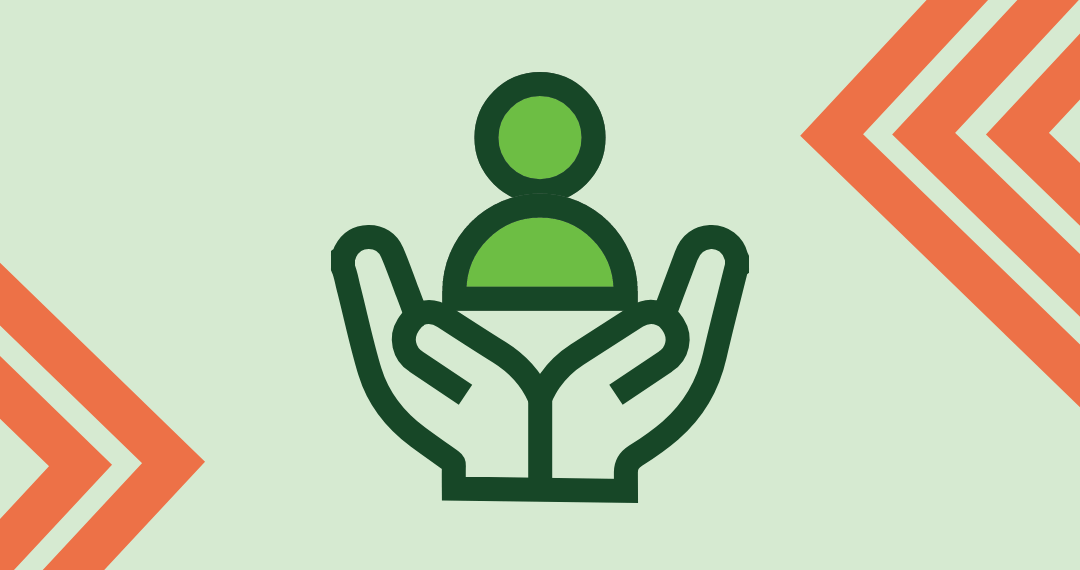Safety and Regulations

For Your Comfort and Safety
Cycling in the city is a wonderful tool for freedom, both for travel and for leisure. But this freedom must not blind you to a few rules, because the street is a space that is shared with others: motorists, pedestrians, transport users, etc., which implies a mutual respect in which you must participate. For your safety and comfort, follow the advice below… and enjoy the ride!
Regulations
Compulsory cycling equipment: for the cyclist and for the bike.
A well-equipped bike in good condition helps to ensure your safety and the safety of other road users. Certain items of equipment are compulsory, both for you and your bike. Helmets are compulsory for children under the age of 12. For more information, check out the compulsory equipment.
Safety Advice
-
Respect the Highway Code
- This applies in particular to red lights and one-way streets. Otherwise you are putting your safety and everyone else’s at risk, and you could be fined.
- Keep your distance, leaving at least one metre between you, other vehicles and the pavement. Don’t skim over parked cars, to avoid a door opening or a pedestrian stumbling between two cars. Sneaking between stationary cars is dangerous and forbidden.
- Signal when changing direction, by indicating with your arm that you are turning. Do not stop alongside a vehicle, particularly a lorry or bus, as you may be out of its field of vision. Proceed as far as the “cycle lock” at the traffic lights.
- Use the cycle lanes, otherwise keep to the right. Bicycles are not allowed on pavements, except for children. Pedestrian areas are authorised (unless otherwise signposted), but give priority to pedestrians. Failing that, choose low-traffic side streets.
- Be visible! At night or in poor visibility, bicycles must be fitted with front and rear lights and reflective devices on the sides. It is best to wear light-coloured clothing. Outside built-up areas, it is compulsory to wear a reflective waistcoat in low-light conditions.
- Helmets are compulsory for children under 12 and strongly recommended for older children.
-
Be Careful
- In bad weather, increase your safety distance as slippery roads increase braking distance. During the winter period (from Nov. 01 to March 31), you can consult the map of priority cycle paths cleared of snow in the Eurometropolis by clicking here.
- Start out in complete safety for your child’s learning or for yourself. Take it one step at a time, giving priority to cycle lanes at first, then gradually integrating into traffic.
-
Take Care of Your Bike
- Check that your bike’s equipment is working (brakes, bell, lights) and that the tyres are properly inflated .
- Avoid climbing kerbs abruptly, changing gears or braking too hard. Carrying a passenger is prohibited, except for a child in an approved seat.
-
Secure Your Bike Carefully
- Use the lock supplied by Vélhop. Attach the bicycle frame to a solid fixed point, if possible a bicycle stand.
- Attach your bike even for a very short stop.
- Preferably choose a well-lit, busy spot, or opt for the VéloParc solution.